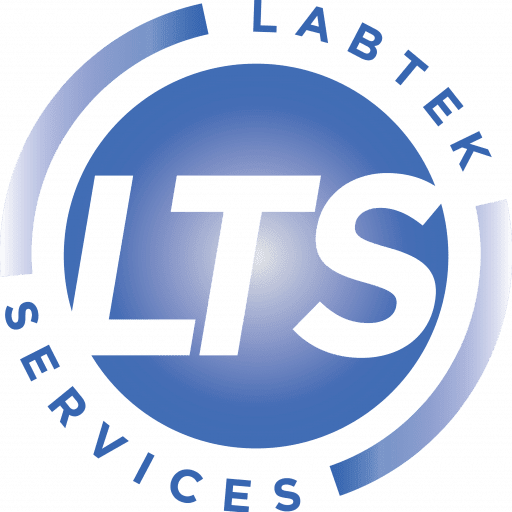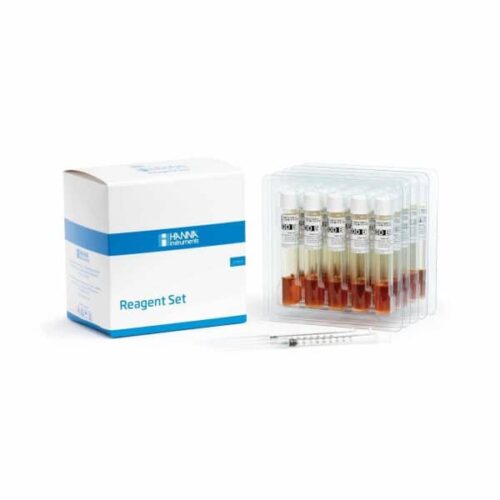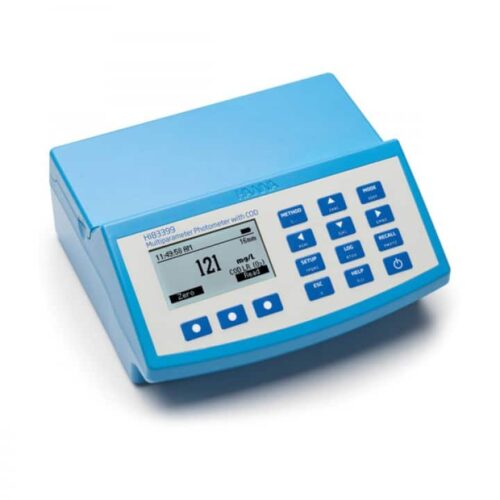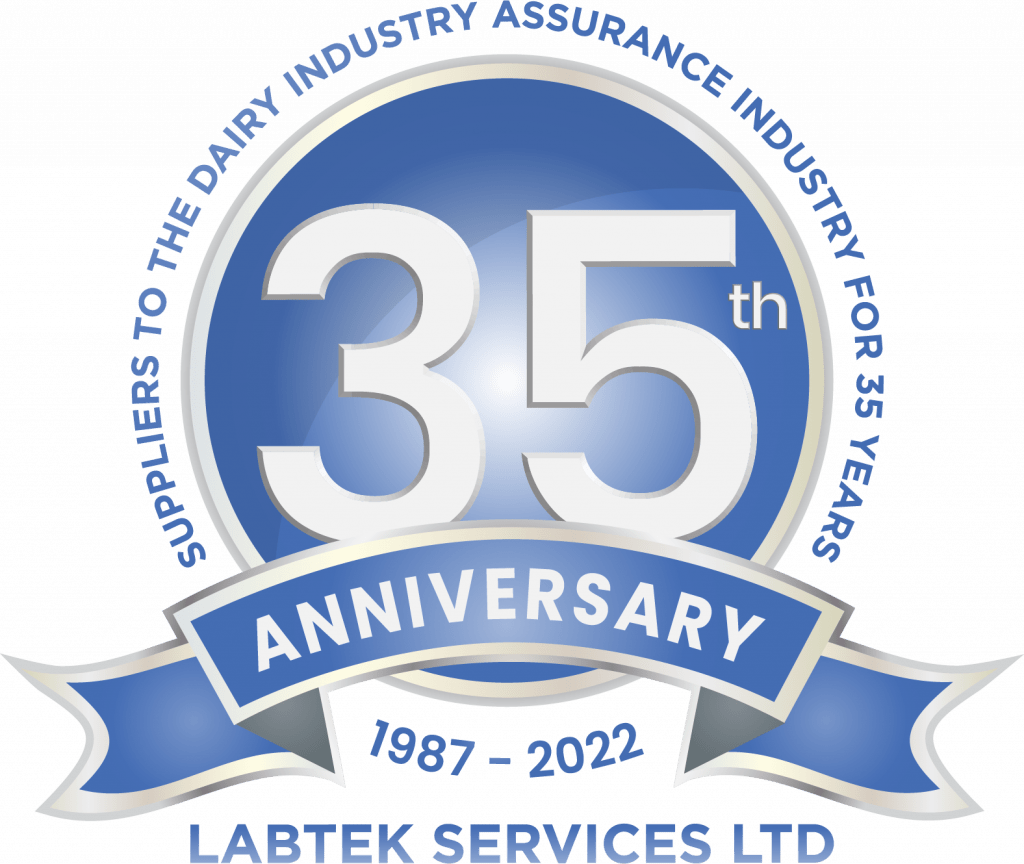Description
HI-83314-02 Wastewater & water photometer with COD and pH digital input
Advanced optical system – Unparalleled performance from a benchtop photometer
One meter can be used for both photometric and pH measurements. HI-83314 is a compact, multi-parameter photometer for measuring key water and wastewater quality parameters. The meter is one of the most advanced photometers available with an innovative optical design that utilises a reference detector and focusing lens to eliminate errors from changes in the light source and from imperfections in the glass cuvette. Ten key water and wastewater quality parameters with 20 different methods covering multiple ranges are programmed into the meter. Wastewater treatment digestion parameters include COD, Total Nitrogen and Total Phosphorus which are important for monitoring nutrient removal. The HI-83314 also offers an absorbance measurement mode for performance verification and for users that would like to develop their own concentration versus absorbance curves.
HI-83314 benchtop photometer measures 10 different key wastewater quality parameters using 20 different methods that allow for multiple ranges and variations in chemistry for specific applications. The Chemical Oxygen Demand (COD) parameter is included for industrial and municipal wastewater treatment. The Phosphorous and Nitrogen parameters included are beneficial to municipal wastewater treatment customers that need to monitor their biological and chemical nutrient removal process. This photometer features an innovative optical system that uses LEDs, narrow band interference filters, focusing lens and both a silicon photodetector for absorbance measurement and a reference detector to maintain a consistent light source ensures accurate and repeatable photometric readings every time.
A digital pH electrode input is provided allowing the user to measure pH by a traditional glass electrode. The digital pH electrode has a built in microchip within the probe that stores all of the calibration information. Having the calibration information stored in the probe allows for hot swapping of pH electrodes without having to recalibrate. All pH measurements are automatically compensated for temperature variations with a built in thermistor located in the tip of the sensing bulb for fast and accurate temperature measurement.
Two USB ports are provided for transferring data to a flash drive or computer and to use as a power source for the meter. For added convenience and portability the meter can also operate on an internal 3.7 VDC Lithium-polymer rechargeable battery.
The HI-83314 offers an absorbance measuring mode that allows for CAL Check standards to be used to validate the performance of the system. The absorbance mode allows the user to select one of the 4 wavelengths of light (420 nm, 466 nm, 525 nm, and 610 nm) to measure and plot their own concentration versus absorbance mode. This is useful for users with their own chemical method and for education to teach the concept of absorbance by using the Beer-Lambert Law.
Key features:
- Backlit 128 x 64 Pixel Graphic Liquid Crystal Display
- Built-in Reaction Timer for Photometric Measurements
- Absorbance mode – concentration versus absorbance
- Units of Measurement plus chemical form displayed
- Result conversion at the touch of a button
- Cuvette cover
- pH and temperature measurement with a single probe
- Good Laboratory Practice (GLP) – track calibration information including date, time, buffers used, offset and slope for traceability
- pH CAL Check alerts user to potential problems during the calibration process
- Data Logging – Up to 1000 photometric and pH readings can be stored.
- Logged readings can be quickly and easily transferred to a flash drive or to a PC. Data is exported as a .CSV file for use with spreadsheet programs.
- Battery Status Indicator
- Error Messages
High Efficiency LED Light Source
An LED light source offers superior performance compared to a tungsten lamp. LEDs have a much higher luminous efficiency, providing more light while using less power. They also produce very little heat, which could otherwise affect the optical components and electronic stability. LEDs are available in a wide array of wavelengths, whereas tungsten lamps are supposed to be white light (all wavelengths of visible light) but actually have a poor blue/violet light output.
High Quality Narrow Band Interference Filters
The narrow band interference filter not only ensure greater wavelength accuracy (+/- 1 nm) but are extremely efficient. The filters used allow up to 95% of the light from the LED to be transmitted as compared to other filters that are only 75% efficient. The higher efficiency allows for a brighter, stronger light source. The end result is higher measurement stability and less wavelength error.
Reference Detector for a Stable Light Source
A beam splitter is used as part of the internal reference system of the HI-83300 photometer. The reference detector compensates for any drift due to power fluctuations or ambient temperature changes. Now you can rely on a stable source of light between your blank (zero) measurement and sample measurement.
Large Cuvette Size
The sample cell of the HI-83314 fits a round, glass cuvette with a 25 mm path length. Along with the advanced optical components, the larger size of the cuvette greatly reduces errors in rotation from the indexing mark of the cuvettes. The relatively long path length of the sample cuvette allows the light to pass through more of the sample solution, ensuring accurate measurements even in low absorbance samples.
Focusing Lens for Greater Light Yield
Adding a focusing lens to the optical path allows for the collection of all of the light that exits the cuvette and focusing the light on the silicon photo detector. This novel approach to photometric measurements cancels the errors from imperfections and scratches present in the glass cuvette eliminating the need to index the cuvette.






